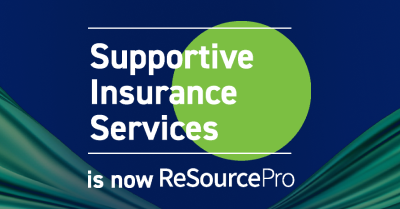When “Temporary” Cuts Became Permanent Damage
In the early 2000s, after the tech bubble burst and 9/11 reshaped business priorities, many carriers slashed budgets. The first things to go were training and rotational programs, once the gold standard for building insurance expertise.
These weren’t simple onboarding sessions. They were 12–18 month learning ecosystems that built technical fluency, business context, and institutional loyalty. Participants rotated through claims, underwriting, and operations, guided by mentors who helped transform graduates into future leaders.
When those programs disappeared, they never came back. By the time the 2008 financial crisis hit, even the remnants had vanished. The result? A generation of professionals who entered the workforce without structured development—and an industry now paying the price.
The Perfect Storm in Claims
Nowhere is this breakdown more visible than in claims departments.
Retirements are accelerating. Mid-career professionals are burning out. Entry-level roles are harder than ever to fill.
Claims work demands a rare combination of analytical precision and empathy, helping people rebuild their lives while managing complex data and regulatory processes. Yet the industry has done little to market this as a high-skill, purpose-driven career path.
We’ve allowed claims to be perceived as paperwork. In reality, it’s one of the most human-centered professions in insurance.
The AI Paradox
Technology, once expected to fill talent gaps, has in many ways amplified them. Artificial intelligence (AI) and automation now handle much of the data entry and basic customer communication that once served as a training ground for newcomers. Without those “training wheels,” new hires enter advanced roles but lack the contextual understanding that comes from gradual learning.
They’re technically capable, but strategically unanchored.
Breaking the Cycle
To repair this talent ecosystem, the industry must rebuild the foundation it abandoned:
- Eliminate unnecessary degree requirements. Focus on aptitude and trainability.
- Launch modern apprenticeships. Partner with community colleges and industry associations to build practical, claims-focused learning pathways.
- Support emotional resilience. Create structured programs for employees managing high-stress claims work.
- Reimagine compensation. Offer tuition assistance or student loan reimbursement for claims certifications.
- Tell the real story. Position claims as both analytical and deeply human, a profession built on empathy and expertise.
The Road Ahead
The demographic math is unforgiving: an aging workforce, a shrinking pipeline of new talent, and escalating global risk exposures. But the opportunity is just as real.
The insurers that act now, by investing in training, rebuilding pipelines, and redefining claims as a meaningful, purpose-driven profession, will own the next decade of workforce leadership.
We broke this system over 25 years ago. We can fix it in five, if we start today.
Read the full article and explore more insights on digital transformation and insurance innovation at The Insurance Lead.


